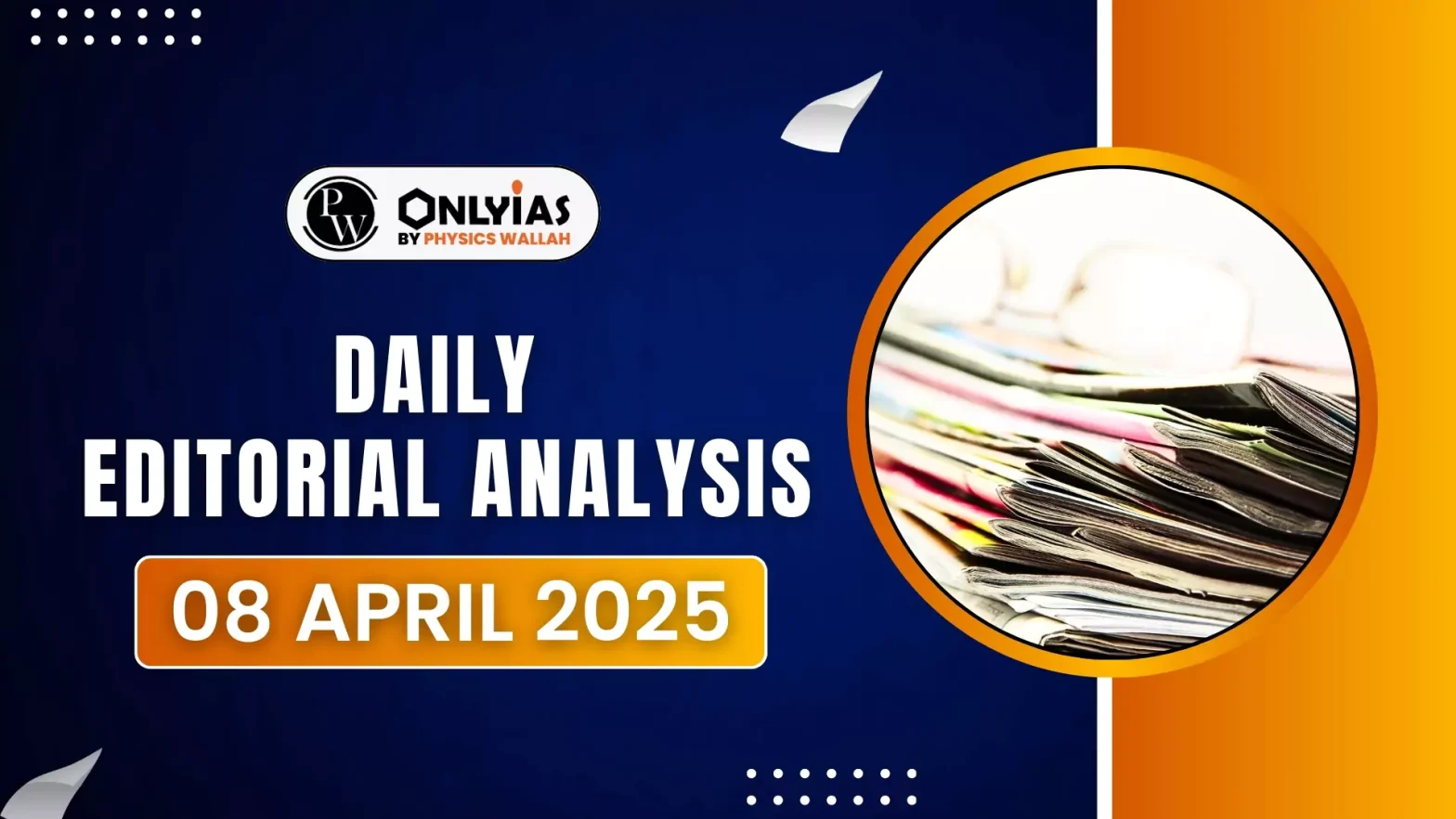Recently, Delhi and Kerala High Courts highlighted the government’s inadequate response to rare disease treatment
Right to Health
- SC Ruling: Three decades ago, the Supreme Court of India held that the right to health and medical care is a fundamental right under Article 21 of the Indian Constitution.
- Directive Principle of State Policy: The Directive Principles of State Policy enshrined in Article 41 of the Constitution mandates public assistance in cases of sickness and disablement, highlighting the state’s responsibility in ensuring public health.
Shortcomings in the Government’s Approach
- National Registry: According to a Parliament reply, 13,479 patients have registered in the National Registry for Rare and Other Inherited Disorders.
- Delhi High Court’s Observation: In a significant ruling, the Delhi High Court observed that India cannot afford to adopt a helpless approach towards patients suffering from rare diseases, as there may be many more unregistered individuals beyond those in the registry.
- Lack of Government Action: The experience of patients suffering from rare diseases demonstrates that the government has not taken its responsibilities seriously in terms of treatment and support for these individuals.
- Intervention by the Delhi High Court: The Delhi High Court’s intervention was pivotal in ensuring that the MoHFW approved the National Policy for Rare Diseases 2021 (NPRD) on March 30, 2021.
Challenges in Access to Treatment for Rare Diseases
- High Cost of Treatment: Spinal Muscular Atrophy (SMA) treatment, using risdiplam, costs over Rs 72 lakh annually, creating a significant financial burden for patients.
- Under the National Policy for Rare Diseases (NPRD), financial support is capped at Rs 50 lakh per patient, which gets exhausted quickly, leaving many patients unable to continue treatment.
- Financial Constraints: The Ministry of Health and Family Welfare (MoHFW) informed the Supreme Court that it could not extend support beyond Rs 50 lakh per patient due to budgetary constraints.
- Legal Challenge: A patient whose funds were exhausted approached the Kerala High Court, seeking a direction for the Union government to continue funding their treatment.
- The Kerala High Court issued the direction, but the Ministry appealed to the Supreme Court and obtained an interim stay.
- Court’s Response: The Supreme Court allowed the Ministry to take appropriate policy measures but did not provide immediate relief to the patient.
- The Ministry did not explore the policy options suggested by the Delhi High Court, opting instead for a stay on the order.
- Barrier of Patent Monopolies: Patent monopolies on essential medicines are a significant barrier to local production and affordable access.
- Patent holders often refuse to market life-saving drugs in India, exploiting their monopoly status to maintain high prices.
- Lack of Local Production: Paragraph 11 of the NPRD implementation strategy directs the MoHFW to engage with the Department of Pharmaceuticals and the Department of Promotion of Industry and Internal Trade to facilitate local production of medicines for rare diseases
- Generic Drug Production: The first generic version of a drug typically enters the market at a price 90-95% lower than the originator’s price.
Conclusion
The government must take immediate action to address the financial barriers preventing patients from accessing life-saving treatments. Local production of medicines, revising funding allocations, and implementing policy changes are crucial steps toward ensuring that treatments for rare diseases are accessible and affordable.
![]() 8 Apr 2025
8 Apr 2025

